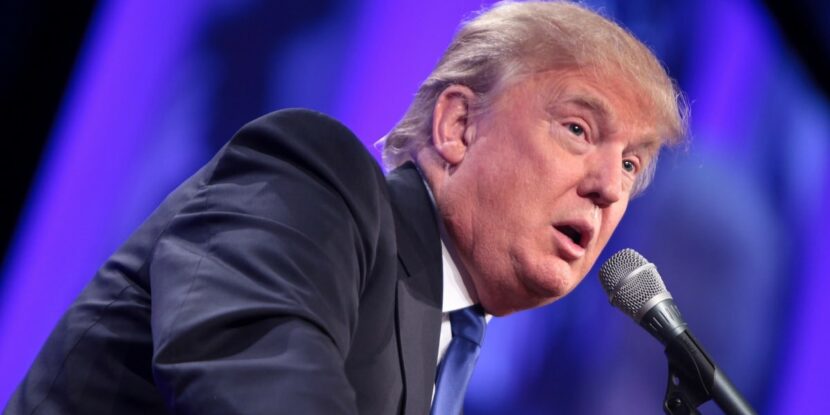Last week, President Trump released a budget plan that was widely praised by conservatives for reining in future spending. However, buried near the back of the budget (page 51) is one item in need of further attention — the Trump administration’s interest rate projections.
Under Trump’s budget, interest rates on 10-year bonds are projected to rise from 2.7 percent currently to 3.8 percent in 2027. While the 1.1 percent rise in interest rates over the next decade is in accordance with Blue Chip forecasts (which could explain why the figures were chosen for budgetary purposes), the fact that Trump’s budget anticipates relatively unchanging interest rates over the next ten years adds confusion over where Trump stands on monetary policy.
During the campaign, President Trump criticized Fed Chair Janet Yellen for keeping interest rates too low and creating “a false stock market.” Trump argued that the Fed’s low-rate policy was politically motivated and had created “a big, fat, ugly bubble.” Most impactful, President Trump articulated the consequences of the Fed’s monetary policy:
[T]he people who are hurt the most are people that saved all their lives, and thought they were going to live off the interest. Those people are getting absolutely creamed.
The ones who did it right — they saved their money [and] they cut down on their mortgages, … and now they’re practically getting zero interest on the money. Those people have really been — you could almost say discriminated against.
In addition to savers facing lower-than-expected returns, the Fed’s low interest rates also distort where investment goes. Since Treasury yields remain near historic lows, investors are pushed into the higher-yield “junk bond” market, or to purchase stocks. While these markets potentially offer greater returns, they also come with much greater risk.
One early Trump advisor uniquely knowledgeable on how the Fed misinforms markets is Judy Shelton, co-director of the Sound Money Project. During the campaign, Shelton stated:
[I]t is dangerous to view the Fed as a force for good and not ‘as a distorting government interloper into private-sector credit markets whose clumsy efforts skew financial rewards to savvy corporate strategists and sophisticated investors.’
If President Trump wants to right the ship on monetary policy, appointing sound money advocates like Judy Shelton to the Fed’s Board of Governors would be a great place to start (though he should maybe hold off on Shelton until 2018 — she would make a great replacement for Yellen). Pushing for the introduction and passage of the Fed Oversight Reform and Modernization (FORM) Act is also crucial.
Since the Fed’s low-interest rates and massive $4.5 trillion purchase of bonds and shoddy subprime mortgages failed to stimulate meaningful economic growth or boost wages, it’s time for a change of course. President Trump was able to accurately diagnose the problems caused by the Fed while on the campaign trail, but he has yet to reveal his plan to restore honesty and integrity to America’s monetary policy.
President Trump, it’s time for a Day of “Reckoning” at the Fed!
Photo credit: Gage Skidmore


